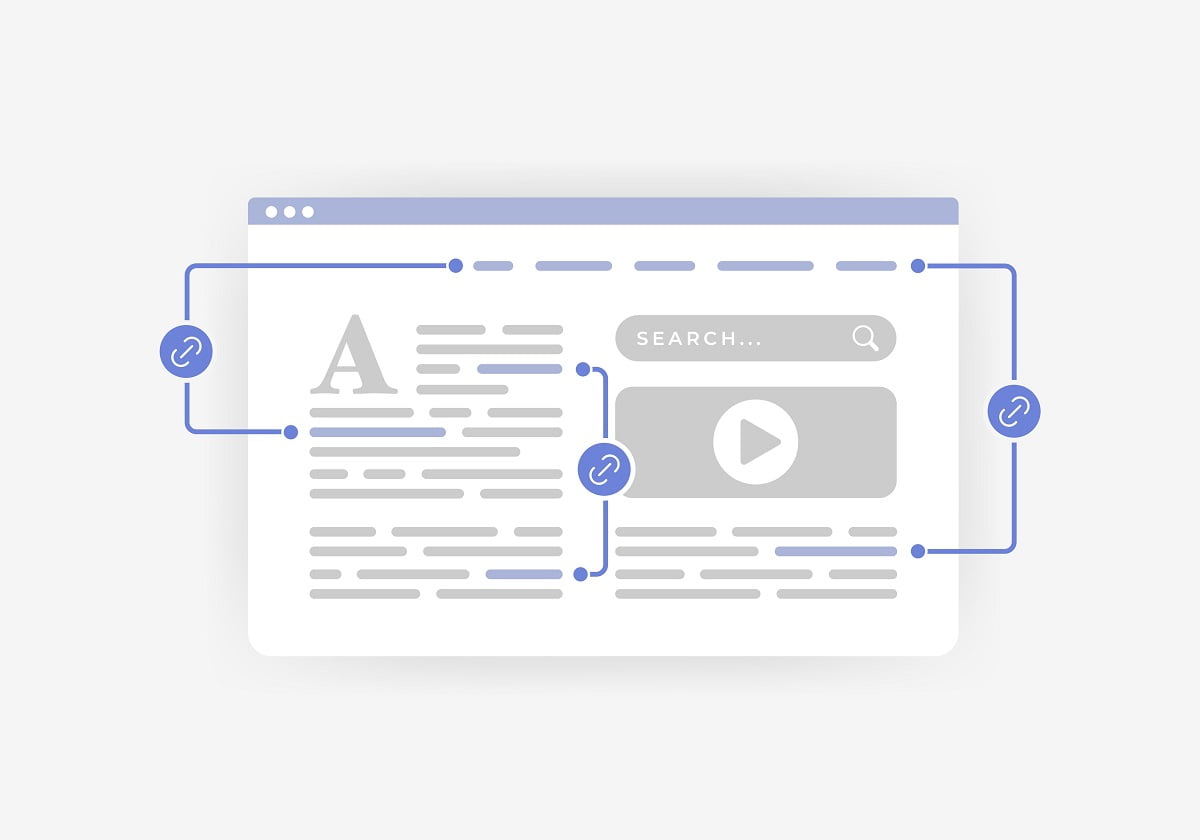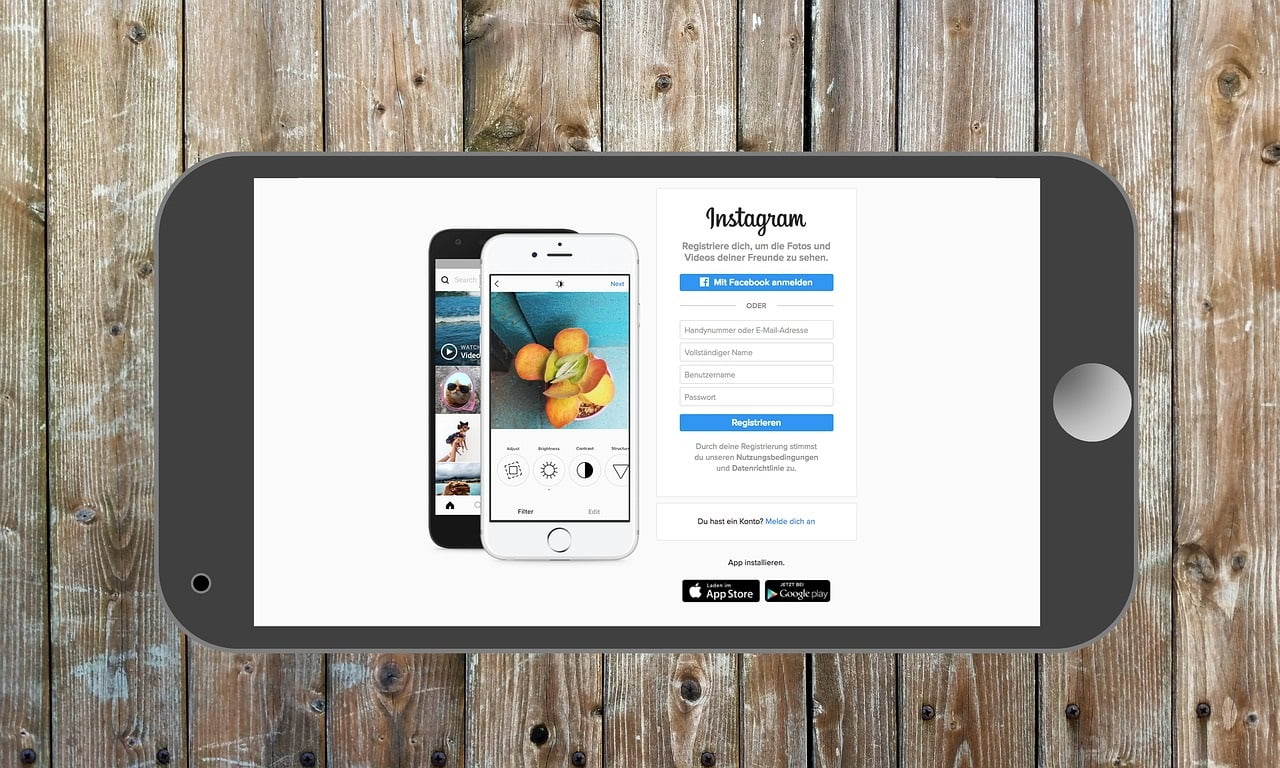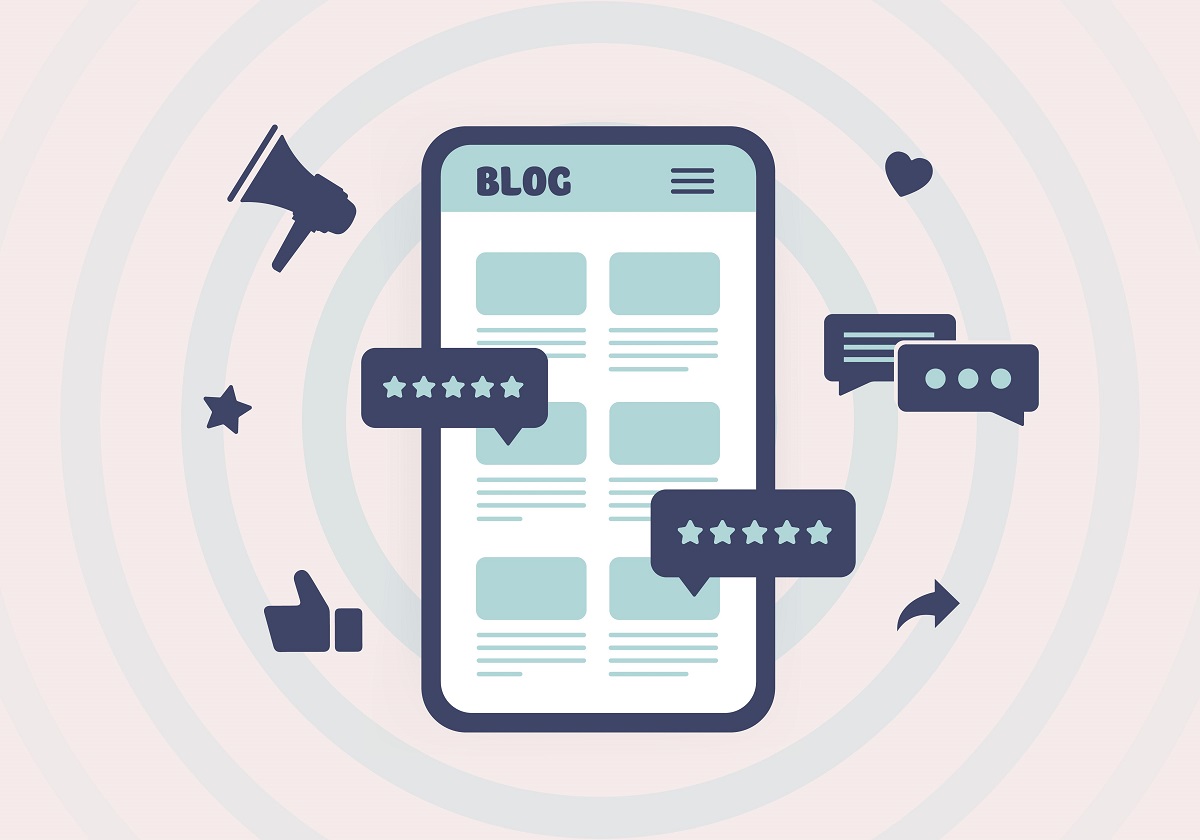Blogging to Get More Clients: Boost Your Business

Welcome to our comprehensive guide on blogging to get more clients and boosting your business. In today’s digital age, blogging has emerged as a powerful strategy for attracting and acquiring clients. In fact, did you know that businesses that blog regularly generate 67% more leads than those that don’t? That’s a staggering statistic that highlights the immense potential of blogging for client acquisition and business growth.
Key Takeaways:
- Blogging is a proven strategy for attracting and acquiring clients.
- Businesses that blog regularly generate 67% more leads.
- A professional blog can significantly contribute to your overall success.
- Targeting your blog content to your ideal audience is crucial for attracting clients.
- Optimizing your blog posts for search engines enhances your chances of attracting clients.
Power of Blogging to Get More Clients
When it comes to client acquisition and business growth, blogging has emerged as a powerful tool. It offers a platform for businesses to share valuable insights, showcase expertise, and engage with their target audience. But what exactly is the power of blogging and how can it contribute to your overall success? Let’s explore.
Blogging for client acquisition is more than just writing random posts. It requires a strategic approach and professional mindset. By consistently creating informative and engaging content, businesses can position themselves as industry leaders and attract potential clients.
A professional blog establishes credibility and trust with your audience. It acts as a portfolio that demonstrates your expertise and showcases your unique value proposition. Through well-crafted blog posts, you can address your audience’s pain points, answer their questions, and offer practical solutions. This, in turn, builds trust and positions you as the go-to authority in your niche.
“Blogging for business growth is a long-term investment that pays off by attracting qualified leads and converting them into loyal customers.”
Moreover, blogging allows you to optimize your website for search engines. By incorporating relevant keywords and providing valuable content, you can improve your website’s visibility in search results. This improves your chances of reaching potential clients who are actively searching for the services you offer.
Additionally, blogging provides an opportunity to engage with your audience. Through comments and social media interactions, you can foster meaningful connections, address concerns, and provide further value. This engagement not only enhances your relationship with current clients but also attracts new ones.
To summarize, professional blogging is a powerful tool for client acquisition and business growth. By maintaining a consistent blogging schedule and creating high-quality content, you can showcase your expertise, establish credibility, and attract your desired clients. So, don’t underestimate the power of blogging for success.
Identifying Your Ideal Audience
In order to maximize the effectiveness of your blog and attract the right clients and customers, it is crucial to identify your ideal audience. By understanding who your target audience is, you can tailor your blog content to their needs, preferences, and pain points.
When it comes to blogging for clients, taking a client-focused approach is key. By creating content that speaks directly to your target audience, you can position yourself as an expert in your industry and build trust with your potential clients.
But how can you identify your ideal audience? Start by defining the characteristics of your ideal clients, such as their demographics, interests, and challenges they face. Conduct market research, analyze competitor blogs, and engage with your current clients to gain insights into what resonates with them.
Client-focused blogging involves creating content that directly addresses the needs, interests, and pain points of your target audience. By providing valuable information and solutions to their problems, you can attract and engage potential clients.
Creating Buyer Personas
One effective way to identify your ideal audience is by creating buyer personas. These are fictional representations of your ideal clients based on real data and market research. By developing detailed buyer personas, you can better understand your target audience and craft blog content that speaks to their specific needs.
“Understanding your target audience is crucial for successful blogging. By creating buyer personas, you gain clarity on who you’re writing for and can create content that resonates.” – Emily Johnson, Marketing Strategist
When creating buyer personas, consider factors such as age, gender, occupation, location, motivations, challenges, and goals. You can use online surveys, interviews, and customer feedback to gather the necessary information. By having a clear understanding of your buyer personas, you can strategically plan and structure your blog content to meet their needs.
| Buyer Persona | Demographics | Interests | Challenges |
|---|---|---|---|
| Small Business Owner | Age 35-50, Male/Female | Entrepreneurship, Leadership | Managing Cash Flow, Scaling Business |
| Health and Wellness Enthusiast | Age 25-40, Female | Fitness, Nutrition | Weight Loss, Stress Management |
| Freelance Graphic Designer | Age 25-35, Male/Female | Design, Creativity | Finding Clients, Setting Competitive Prices |
By understanding the unique characteristics and challenges of each buyer persona, you can create targeted blog content that resonates with them. This client-focused blogging approach will help you attract and retain clients who are genuinely interested in your products or services.
Crafting Compelling Blog Topics
When it comes to attracting clients through your blog, the topics you choose to write about play a crucial role. Crafting compelling blog topics that resonate with your target audience is key to capturing their attention and keeping them engaged. In this section, we will provide valuable insights on how to create blog topics that not only attract clients but also establish your expertise in your industry.
Here are some strategies to consider:
- Identify your target audience: Before crafting blog topics, it’s essential to have a clear understanding of who your ideal clients are. Determine their needs, pain points, and interests to tailor your content specifically to them.
- Research relevant keywords: Conduct keyword research to identify popular search terms related to your business. Incorporating these keywords into your blog topics will help improve your search engine rankings and attract relevant organic traffic.
- Address common client concerns: Think about the common challenges your clients face and create blog topics that provide practical solutions and valuable insights. By addressing their concerns, you establish yourself as an authority and build trust.
- Showcase your expertise: Choose blog topics that allow you to showcase your knowledge and expertise in your industry. Share valuable tips, industry trends, and best practices to position yourself as a go-to resource for your target audience.
- Create engaging content: Craft blog topics that spark curiosity and compel readers to click and read more. Consider using intriguing headlines, storytelling techniques, and thought-provoking questions to capture your audience’s attention right from the start.
- Stay up-to-date with industry news: Keep a pulse on the latest news and developments in your industry. Use these insights to create timely and relevant blog topics that demonstrate your awareness of current trends.
By implementing these strategies, you can create blog topics that not only attract clients but also establish your blog as a valuable resource for your target audience. Remember to continuously monitor and analyze the performance of your blog topics to refine your approach and keep delivering compelling content.
Optimizing Blog Posts for Search Engines
When it comes to professional blogging and attracting clients, optimizing your blog posts for search engines is essential. By implementing the right techniques and best practices, you can ensure that your blog content ranks high in search results, increasing visibility and driving more traffic to your business.
One of the key steps in optimizing your blog posts is conducting thorough keyword research. By identifying the keywords and phrases that your target audience is searching for, you can tailor your content to match their queries and increase the likelihood of appearing in relevant search results.
Once you have your keywords, strategically incorporate them throughout your blog post. However, it’s important to maintain a natural flow and avoid keyword stuffing, which can negatively impact the readability and user experience of your content.
“Optimizing your blog posts for search engines is essential for attracting clients to your business.”
In addition to keywords, optimizing your blog posts also involves structuring your content in a way that is both visually appealing and search engine-friendly. This includes using headers (H3) to organize your content, breaking up paragraphs into smaller chunks, and incorporating bullet points or numbered lists (ul/ol) to improve readability.
| Techniques for Optimizing Blog Posts: | Best Practices: |
|---|---|
|
|
Another crucial aspect of optimizing your blog posts is ensuring that your meta tags and descriptions are optimized for search engines. These elements provide a brief preview of your content in search results, so it’s important to make them compelling and keyword-rich to attract potential clients.
“Optimizing your blog posts for search engines is a key strategy for attracting clients to your business and enhancing your online presence.”
By implementing these SEO techniques and best practices, you can maximize the visibility of your blog content and attract more clients to your business. Remember, it’s not just about creating great blog posts – it’s also about ensuring that they rank high in search engine results, making it easier for potential clients to find you.
Incorporating SEO in Blog Headlines and Meta Descriptions
When it comes to attracting clients to your blog, incorporating SEO techniques in your blog headlines and meta descriptions can make a significant impact. By optimizing these elements, you can increase your chances of reaching the right audience and driving customer acquisition.
To ensure your blog headlines are SEO-friendly, consider using relevant keywords that align with your target audience’s search queries. By incorporating these keywords naturally into your headlines, search engines will be more likely to recognize the relevance of your content.
Additionally, keep your headlines concise, clear, and compelling. Use actionable language that encourages readers to click and learn more. By crafting attention-grabbing headlines, you can capture the interest of potential clients and entice them to explore your blog further.
When it comes to meta descriptions, these short snippets of text displayed on search engine results pages play a crucial role in attracting clients. Similar to blog headlines, meta descriptions should include relevant keywords to optimize search engine visibility.
However, meta descriptions are also an opportunity to entice readers to click on your blog link. Use persuasive language that highlights the value and benefits readers can expect from your blog post. By providing a clear summary of your content, you can attract clients and discourage irrelevant clicks.
Remember, blogging for customer acquisition is all about driving targeted traffic to your website. By incorporating SEO techniques in your blog headlines and meta descriptions, you can increase your chances of attracting clients who are genuinely interested in your products or services.
Building a Consistent Blogging Schedule
In this section, we will emphasize the importance of maintaining a consistent blogging schedule to attract and retain clients. Creating and sticking to a blogging calendar is crucial for blogging success and building a strong online presence for your business. By establishing a consistent schedule, you can engage your audience regularly and keep them coming back for more valuable content.
A consistent blogging schedule allows you to stay top of mind with your target audience and position yourself as an authority in your industry. When you consistently publish high-quality blog posts, you not only attract potential clients but also build trust and credibility with your existing audience.
To help you create and stick to a blogging calendar, here are a few tips:
- Define your goals: Start by identifying your blogging goals. Whether you want to increase brand awareness, attract new clients, or establish yourself as a thought leader, having clear goals will guide your content creation process.
- Research and plan: Conduct thorough research to understand your target audience’s interests, pain points, and preferred content formats. Use this research to plan your blog topics and create an editorial calendar.
- Set realistic deadlines: Determine how frequently you can realistically publish blog posts based on your available resources and time constraints. Set specific deadlines for each blog post and ensure they align with your overall blogging goals.
- Batch your content creation: Consider batching your content creation by dedicating specific days or time blocks to write multiple blog posts at once. This approach increases efficiency and helps you stay ahead of your blogging schedule.
- Stay organized: Use project management or content planning tools to stay organized and keep track of your blogging calendar. These tools can help you visualize your schedule, plan ahead, and ensure you don’t miss any deadlines.
Remember, building a consistent blogging schedule takes time and effort, but the long-term benefits are worth it. By consistently delivering valuable content to your audience, you can attract and retain clients, establish yourself as an industry leader, and drive business growth.
Promoting Your Blog on Social Media Platforms
When it comes to blogging for customer acquisition and attracting clients, leveraging the power of social media platforms is crucial. Social media provides a vast playground for marketers to showcase their blog content, engage with their audience, and drive traffic to their websites. In this section, we will explore different strategies and techniques to effectively promote your blog on various social media channels.
1. Choose the Right Social Media Platforms:
Not all social media platforms are created equal. Each platform caters to a different audience and has its own unique features. It is essential to identify which platforms align with your target audience and focus your efforts there. For example, if your target audience consists primarily of professionals, LinkedIn might be the best platform to promote your blog content.
2. Create Captivating Visuals:
Visual content attracts more attention on social media. Incorporate eye-catching visuals, such as images, infographics, or videos, to accompany your blog posts. Visuals make your content more shareable and increase the likelihood of attracting clients to your blog. Use tools like Canva or Adobe Spark to create professional-looking visuals that align with your brand.
3. Write Engaging Captions:
The captions you use when promoting your blog posts on social media should be attention-grabbing and compelling. Use provocative and informative captions to entice users to click on your blog links and read your content. Experiment with different caption styles to see what resonates best with your audience.
4. Leverage Hashtags:
Hashtags are essential for increasing the discoverability of your blog posts on social media. Research and use relevant hashtags that are popular within your niche or industry. This will help more potential clients find your blog content when they search for specific topics or keywords.
5. Engage with Your Audience:
Social media is all about building relationships and engaging with your audience. Respond to comments, answer questions, and actively participate in conversations related to your blog content. By engaging with your audience, you not only strengthen relationships but also increase the visibility of your blog.
6. Collaborate with Influencers:
Influencer marketing can be a powerful way to promote your blog. Identify influencers within your industry who have a significant following and align with your brand values. Collaborate with them to create sponsored content, guest posts, or giveaways that promote your blog and attract their audience to your website.
7. Analyze and Optimize:
Regularly analyze your social media metrics to understand what types of posts perform well and resonate with your audience. Use this data to optimize your social media strategy. Experiment with different content formats, posting frequencies, and times of day to maximize the exposure of your blog content.
By effectively promoting your blog on social media platforms, you can expand your reach, attract new clients, and ultimately grow your business. Remember to constantly monitor and adapt your social media strategy to ensure you are reaching the right audience and achieving your blogging goals.
Engaging with Your Audience through Blog Comments and Social Media Interactions
Engaging with your audience is key to building a strong online presence and attracting clients to your blog or business. By fostering meaningful connections through blog comments and social media interactions, you can create a loyal following and convert readers into clients.
When it comes to blog comments, it’s important to respond promptly and thoughtfully to each comment. Acknowledge and appreciate your readers’ input, and encourage further discussion. This shows your audience that you value their opinions and creates a sense of community around your blog.
“Engage with your audience through thoughtful and timely responses to blog comments.”
One effective strategy is to end your blog posts with a question, inviting readers to share their thoughts in the comments section. This not only encourages engagement but also provides valuable insights and perspectives from your audience.
“End your blog posts with a question to encourage reader comments and foster dialogue.”
Moreover, social media platforms offer an excellent opportunity to engage with your audience outside of your blog. Responding to comments, messages, and mentions on platforms like Facebook, Twitter, and Instagram helps build relationships with your followers and strengthens your online presence. Use these interactions to provide value, share insights, and address any queries or concerns.
Remember to monitor your social media channels regularly and respond promptly. Actively participate in conversations related to your niche or industry, and share your blog posts and updates to attract more readers and potential clients.
“Use social media to interact with your audience, share valuable insights, and promote your blog.”
Create a Personal Connection
Building a personal connection with your audience is crucial. Share personal experiences, stories, or behind-the-scenes insights that resonate with your target audience. This helps to humanize your brand and establish trust and credibility.
Table
| Benefits of Engaging with Your Audience | Actions to Take |
|---|---|
| Increased brand loyalty | Respond to comments promptly and thoughtfully. |
| Opportunity to gather feedback | Ask questions and encourage reader comments on your blog. |
| Increased social media visibility | Respond to comments, messages, and mentions on social media platforms. |
| Establishment of personal connection | Share personal experiences and stories that resonate with your audience. |
Showcasing Success Stories and Client Testimonials on Your Blog
One of the most effective ways to attract new clients and build trust in your business is by showcasing success stories and client testimonials on your blog. These endorsements serve as powerful social proof, demonstrating the value and impact of your products or services.
When potential clients visit your blog and see real-life examples of how you have helped others achieve their goals, they are more likely to trust your expertise and consider working with you. Additionally, success stories and testimonials provide tangible evidence of your capabilities, establishing your credibility in the industry.
“Client testimonials are a great way to demonstrate your competence and build credibility in the eyes of potential clients.” – John Smith, CEO of ABC Company
“Success stories can inspire and motivate potential clients, showing them what is possible when they choose your business.” – Jane Doe, Founder of XYZ Agency
When incorporating success stories and testimonials into your blog, it is important to highlight specific details and tangible results. Use storytelling techniques to engage your readers and paint a vivid picture of how your products or services have positively impacted your clients’ lives or businesses.
“Success stories should focus on the transformation and results achieved by your clients, making it clear how your business can benefit others.” – Sarah Johnson, Marketing Specialist
“Client testimonials should mention the specific ways in which your business exceeded their expectations, showcasing your unique value proposition.” – Mark Wilson, Sales Manager
Consider featuring success stories and testimonials as separate blog posts or adding them as sections within relevant articles. Be sure to obtain permission from your clients before publishing their stories and testimonies, and always respect their privacy and confidentiality.
By showcasing success stories and client testimonials on your blog, you not only attract potential clients but also inspire confidence and trust in your business. This powerful form of social proof can be a game-changer in winning new clients and expanding your customer base.
| Benefits of Showcasing Success Stories and Client Testimonials |
|---|
| Builds trust and credibility |
| Provides social proof |
| Demonstrates the value of your products or services |
| Inspires and motivates potential clients |
| Highlights specific details and tangible results |
Analyzing Blog Analytics and Adjusting Strategies
When it comes to blogging for client acquisition and attracting clients to your business, analyzing blog analytics is crucial. By understanding the data and making informed decisions, you can optimize your blog strategies for maximum impact.
Interpreting blog analytics allows you to gain insights into the performance of your blog, identify what resonates with your target audience, and make adjustments to enhance client attraction. Here are some key metrics to pay attention to:
- Pageviews: This metric provides information on the number of times your blog pages have been viewed. It helps you gauge the overall visibility of your blog and understand which topics or articles are generating the most interest.
- Unique Visitors: Knowing the number of unique visitors gives you an idea of the size of your audience. It helps you understand your reach and evaluate the effectiveness of your marketing efforts in attracting new potential clients.
- Time on Page: This metric reveals how much time visitors spend reading your blog posts. Higher time on page indicates that your content is engaging and valuable to your audience.
- Bounce Rate: Bounce rate refers to the percentage of visitors who leave your blog after viewing only one page. A high bounce rate may indicate that visitors aren’t finding what they’re looking for or that your website isn’t user-friendly.
- Conversion Rate: Tracking the conversion rate measures how effective your blog is in turning visitors into leads or customers. It helps you evaluate the success of your call-to-action and lead generation strategies.
By monitoring these metrics and others based on your specific goals, you can gain valuable insights into your blog’s performance. Once you have a clear understanding of your blog analytics, you can make data-driven decisions to optimize your strategies for attracting clients.
Remember to experiment with different approaches to find what works best for your target audience. Utilize A/B testing to compare the performance of different blog topics, formats, and promotional strategies. Continuously analyze the results to refine your blogging tactics and attract more clients to your business.
Key Takeaways:
• Analyzing blog analytics is essential for optimizing strategies to attract clients.
• Track key metrics such as pageviews, unique visitors, time on page, bounce rate, and conversion rate.
• Use the insights from blog analytics to make data-driven decisions and adjust your blogging strategies accordingly.
• Experiment with different approaches and continuously analyze the results to refine your tactics for maximum client attraction.
| Metric | Description |
|---|---|
| Pageviews | The number of times your blog pages have been viewed |
| Unique Visitors | The number of individual visitors to your blog |
| Time on Page | The average time visitors spend reading your blog posts |
| Bounce Rate | The percentage of visitors who leave your blog after viewing only one page |
| Conversion Rate | The percentage of visitors who take a desired action, such as subscribing or making a purchase |
Conclusion
In conclusion, blogging is a powerful tool for both client acquisition and business growth. By implementing the strategies and insights discussed in this article, you can create a successful blog that attracts and converts your ideal clients.
Start blogging for clients and watch your business thrive. With compelling blog topics, optimized posts, and consistent scheduling, you can reach your target audience effectively.
Remember to engage with your audience through blog comments and social media interactions, fostering meaningful connections that can lead to client conversions. Showcasing success stories and client testimonials on your blog further enhances your credibility and entices new clients to choose your business.
Lastly, analyzing blog analytics and adjusting your strategies based on data-driven insights will help you continuously optimize your blog for maximum impact. By staying informed and adapting to the ever-changing landscape of client attraction, you position your business for long-term success through blogging.
FAQ
How can blogging help me get more clients for my business?
Blogging is a powerful tool for client acquisition as it allows you to showcase your expertise, build trust, and attract your target audience. By creating valuable and relevant content, you can position yourself as a thought leader in your industry and establish credibility, ultimately leading to more clients for your business.
What are the benefits of blogging for business growth?
Blogging can significantly contribute to the growth of your business by increasing brand visibility, driving organic traffic to your website, and boosting your search engine rankings. Additionally, through strategic content marketing, blogging can help you expand your reach, attract new clients, and ultimately increase your revenue.
How can I tailor my blog content to attract my desired clients?
To attract your desired clients through blogging, it is essential to identify your ideal audience and understand their needs, challenges, and interests. By creating client-focused content that addresses their pain points and provides valuable insights, you can capture their attention and establish yourself as a trusted resource.
What strategies can I use to craft compelling blog topics?
Crafting compelling blog topics involves understanding your target audience’s interests, conducting keyword research, and staying up-to-date with industry trends. By addressing trending topics, answering frequently asked questions, and providing unique insights, you can engage your readers and entice them to continue exploring your blog.
How can I optimize my blog posts for search engines?
Optimizing your blog posts for search engines involves incorporating relevant keywords, writing compelling meta descriptions, optimizing your headers, and creating a user-friendly URL structure. By following SEO best practices and providing high-quality content, you can improve your search engine rankings and increase your chances of attracting clients through organic search.
To promote your blog on social media, you can start by identifying the platforms where your target audience is most active. Create engaging and visually appealing social media posts with intriguing headlines and eye-catching visuals to drive traffic to your blog. Additionally, participate in relevant industry groups and communities to share your expertise and connect with potential clients.
Engaging with your audience through blog comments and social media interactions allows you to build relationships, gain valuable feedback, and establish yourself as a trusted authority in your field. By responding to comments, addressing concerns, and initiating conversations, you can foster a sense of community, increase brand loyalty, and ultimately attract more clients.
How can showcasing success stories and client testimonials on my blog help attract new clients?
Showcasing success stories and client testimonials on your blog provides social proof and builds trust with potential clients. By sharing the positive experiences of your satisfied clients, you can demonstrate the value of your products or services and increase the likelihood of attracting new clients who resonate with these success stories.
How can analyzing blog analytics help me optimize my blog for attracting clients?
Analyzing blog analytics allows you to gain insights into the performance of your blog posts, such as page views, bounce rate, and engagement. By understanding which blog topics and formats resonate most with your audience, you can refine your content strategy and tailor your future blog posts to attract and engage your target clients more effectively.
What are some key strategies for attracting clients through blogging?
Some key strategies for attracting clients through blogging include identifying your ideal audience, creating valuable and relevant content, optimizing your blog for search engines, promoting your blog on social media, engaging with your audience through comments and interactions, showcasing success stories, and analyzing blog analytics to continuously improve your content strategy.





